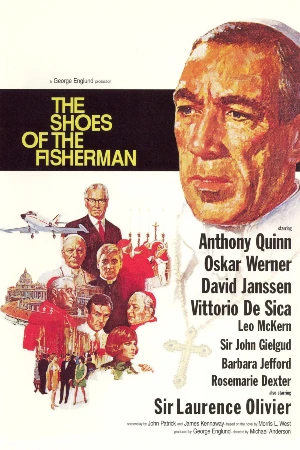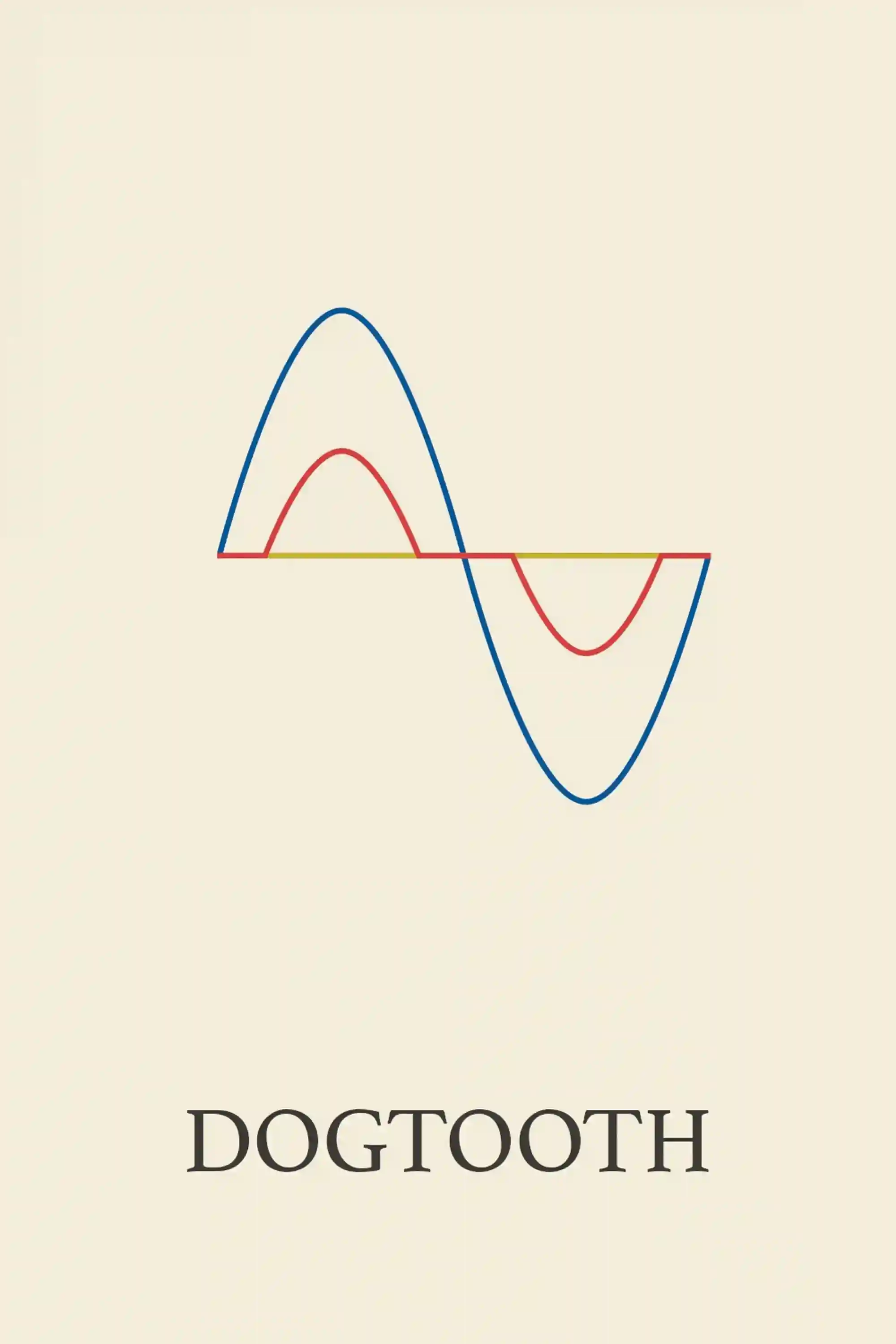Where to watch
This film is not yet available anywhere. Click the button below to recommend it to Filmelier+.
In a geopolitically tense border town, a determined local navigates survival amid post-Soviet isolation and burgeoning economic transformation.
Agarak in Armenia's Syunik Marz region lies at the intersection of Armenia, Iran and Nakhchivan along the Aras River. The river was designated as the boundary between the Russian and Persian empires at the conclusion of hostilities during the Russio-Persian war. Following the treaties of Golestan(1813) and Turkmenchay (1828), ethnic populations previously unrestrained by geopolitical borders found themselves separated depending on which side of the strategic boundary they fell on. Reconstituting the region's geopolitics resulted in a complex remodeling of demographics, which laid the groundwork for nascent nationalisms for the decades to come. Following the conclusion of the Iranian Crisis of 1946 and the withdrawal of Soviet forces from Northern Iran, the Aras River became heavily fortified throughout the cold war as the boundary between the USSR and the western-backed Iranian government. With the militarization of these borders, Agarak became a frontier border town that depended heavily on the train and highway infrastructures that connected Yerevan to Southern Armenia through Nakhchivan along the Aras River valley. After the collapse of the Soviet Union, a series of hostilities between Azerbaijan and Armenia rendered these routes impassable, effectively isolating Agarak from the rest of the country. Surrounded by evacuated linkages, with only early-Soviet mountain roads to connect the town to Northern Armenia, Agarak became a virtual island with limited access to basic resources; inaugurating a period of desperation when the residents turned to hunting and small-scale farming for survival. These conditions continued until two years after the infrastructural collapse. At which point the Iranian state erected a provisional pontoon river crossing, later upgrading it to the current two-lane bridge connecting Iran's Nordooz to Agarak. This linkage flourished with expanded trade and the burgeoning tourist industry, which brought Iranian goods and tourists back to this region for the first time since the Soviet blockade.
Agarak was originally the name of a village built on the northern slopes of the Aras River valley. During the Soviet rule, a Copper-Molybdenum mine was established on the village's periphery. The mine was subsequently expanded with the construction of a workers' settlement in the lower reaches of the valley. As the mine grew, the structural stability of the older village was compromised by the shock waves rippling from the mine's explosives. This led to the evacuation of the village; leaving only a 16th century church that still stands on the precipice of the open-pit mine. The Soviet planned settlement ceremonially adopted the disappeared village's name, housing Armenian, Azeri and Russian mineworkers and specialists, as well as, predominantly Azeri railroad workers near the old Karchivan Railway Station on the banks of the river. Following the post-Soviet hostilities of the Nagorno-Karabakh War and the railway's collapse, the region witnessed a period of population transfers and ethnic cleansing on both sides of the border. Subsequently, the Azeri enclaves adjacent to the former Karchivan Railway Station were abandoned. In the following decade, as a symbolic gesture of the intransigent position of both governments, the railroad tracks were removed and sold to Iran as scrap metal.
Alongside the collapse of the railway infrastructure, the region's only airport, which serviced the entire Syunik region, discontinued operations after threats of anti-aircraft attacks from the nearby border. The runway and the passenger halls have remained derelict for the past decade; inhabited only by a single security guard and a herd of wild horses who graze in the adjacent mountains. In the coming years it has been rumored, the airport will be retrofitted as the forward command of Russia's Middle Eastern operations as part of the CSTO (Collective Security Treaty Organization) of which Armenia is a signatory.
Agarak's urban morphology is expected to undergo many changes in the near future. Its location at the intersection of three international borders has made it particularly sensitive from a geopolitical standpoint. The southern borders with Iran are patrolled by the Russian Army, who's contracted to securitize the area under an agreement associated with the CSTO .The western borders with Nakhchivan (with whom Armenia is still in a state of war) are patrolled by Armenian troops. The presence of multiple actors tasked with patrolling the area, coupled with the security mechanisms employed to screen the border for the passage of illegal goods has manifested in multi-layered spatial divisions. These conditions make it difficult for individuals to travel in proximity to the border zone without being interrogated by Russian border officials. The impeded mobility of bodies exists in stark contrast to the expected liquidity of capital under the auspices of the new economic forces that are re-shaping these geographies.
The neoliberal strategy recently adopted by the Armenian state centers on establishing a Free Economic Zone in Agarak. The project involves major infrastructural upgrades that will help reconnect the mountainous region to Yerevan through a series of highway and rail systems, facilitating the movement of goods and capital from Armenia and other international markets to the existing Aras Free Economic Zone on the Iranian side of the border. The purpose of the proposed FEZ is to service both the markets of the European Union and the Eurasian Economic Union (EAEU) by providing for the fluid movement of goods, services and capital between these markets and the Middle East. Meanwhile, Agarak is gradually changing to accommodate the logistical needs of an international Economic Zone through the expansion of its tourist/hospitality sectors with increasing numbers of hotels and homestays appearing in proximity to the militarized border zone.








